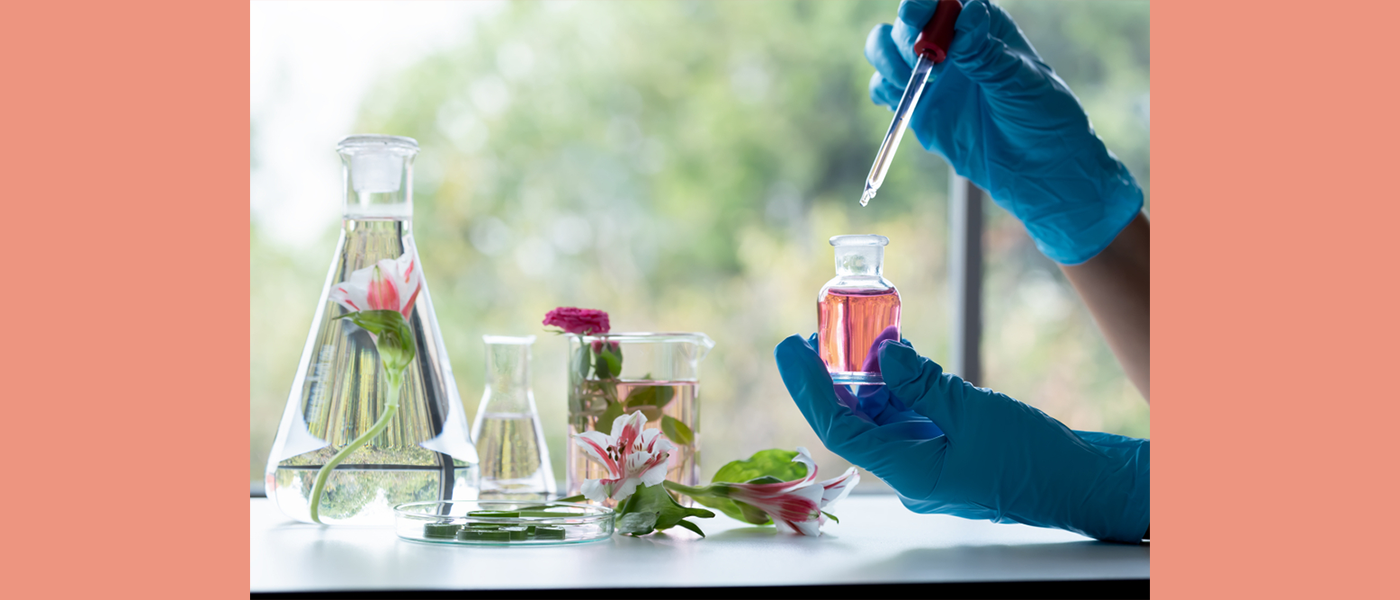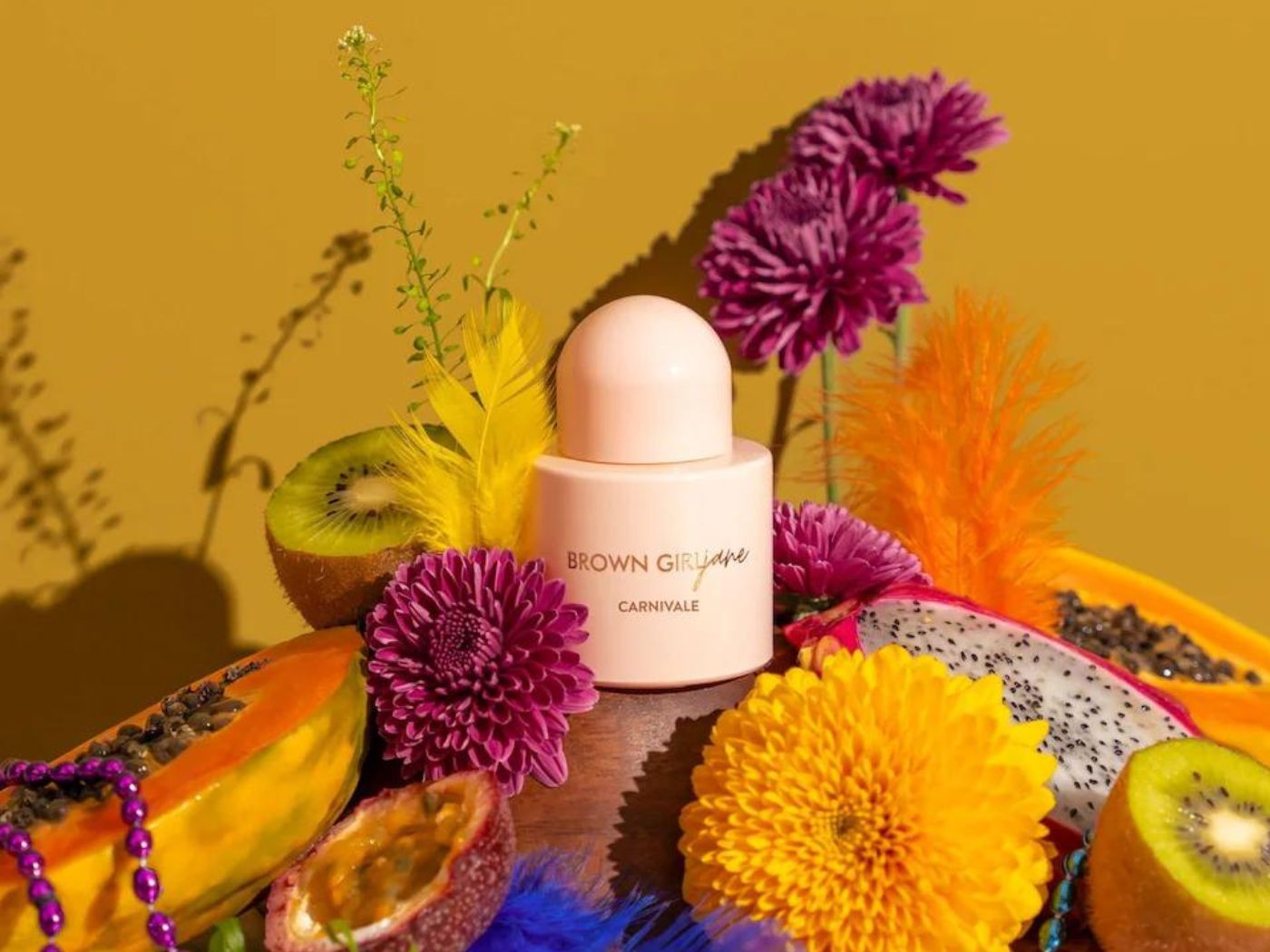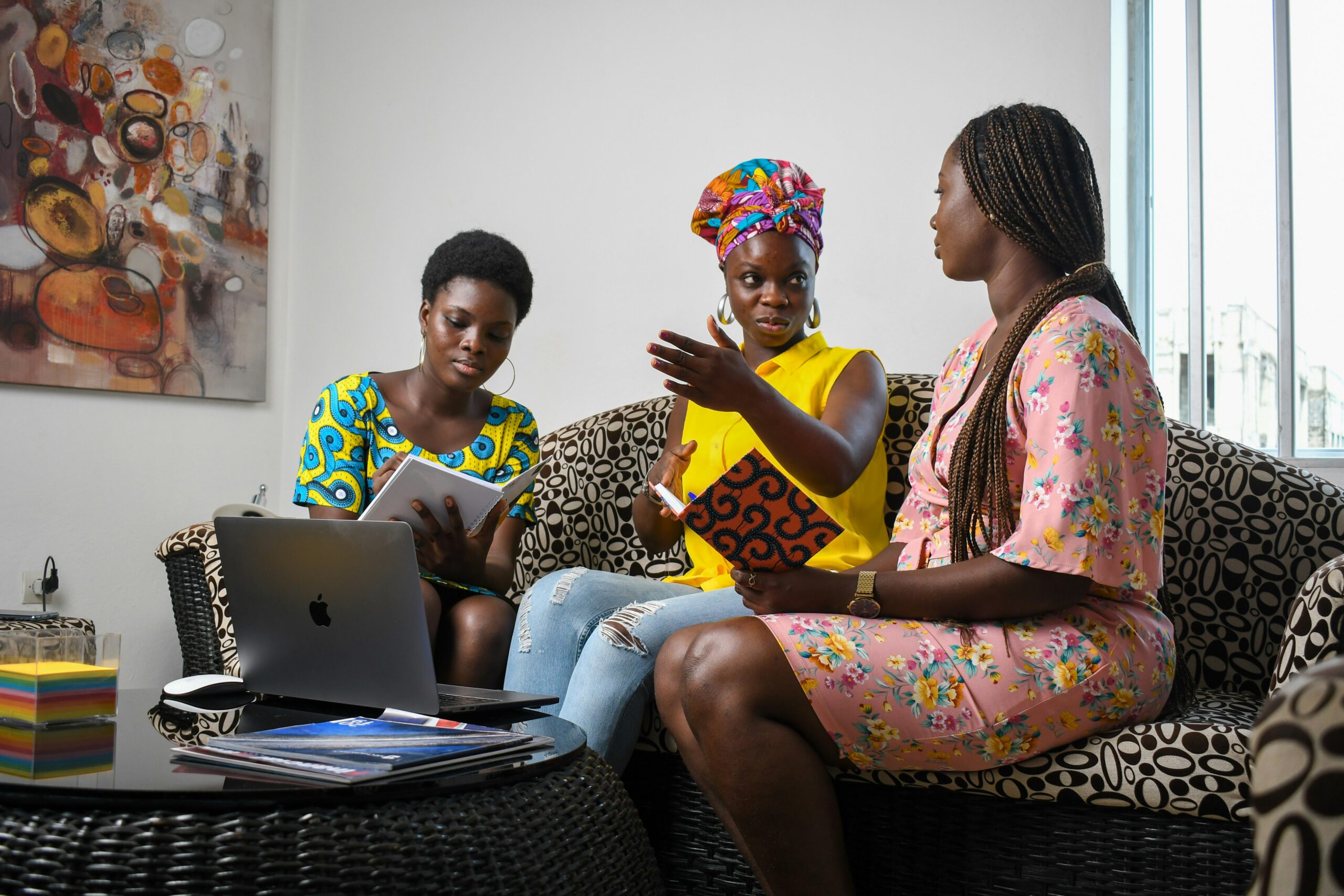If the beauty industry was awarding annual superlatives for 2022, it’s no doubt that fragrance would take home the Best All Around award.
According to NielsenIQ, the fragrance category experienced a 16 percent jump over 2021. And within this ever-expanding category lies a few distinct trends, including unisex scents, fragrances with sustainable components, and increasing consumer interest in higher-priced fragrances. A driving factor behind these trends is the average consumer’s shifting attitude towards fragrance, one that sees scent as a way to please oneself, and as a special self-care moment.
Creating a Self-Care Moment
Bee Shapiro, Founder of Ellis Brooklyn and a 2022 Beauty Creator Awards Ambassador, noted that the way consumers perceive fragrance has changed significantly since the start of the pandemic.
“The cool part that came out of [the COVID-19 pandemic] is that we started wearing fragrance for ourselves,” said Bee. “When I think about why I wear scent, it’s because it’s a pleasure. It’s something that is not necessary, but it makes you feel good about yourself… I think because in the U.S. we are constantly being marketed that scent is for attraction, we don’t think about how scent is for pleasure — and that’s the part that gets me excited,” she said. “As nice as it is to get a compliment, at the end of the day the beauty of wearing scent for yourself is an intimate, special self-care moment.”
Mariya Nurislamova, CEO and co-founder of Scentbird and Confessions of a Rebel, shared a similar sentiment.
“The fragrance customer is ever evolving. During COVID, more consumers started wearing fragrances for themselves instead of in an attempt to please or attract others. We saw fragrance consumption for our subscribers increase, not decrease actually. This trend now continues, with more customers using fragrance to lift their mood in this tumultuous world,” Mariya said.
Freeing Fragrance from Gender Specific Silos
Mainstream media has noted that sexualized marketing is passé when it comes to connecting with today’s fragrance consumer. In fact, consumers are now more interested in seducing themselves than others.
According to NielsenIQ, the unisex fragrance category has shown a five-year compounded annual growth rate (CAGR) of 10.7 percent, outpacing both male-marketed fragrances, which were down 1.2 percent for the time period, and female-marketed fragrances, also down 1 percent.
Spate research shows that searches for unisex fragrances increased more than 46.1 percent year-over-year (YOY) and unisex perfumes increased over 38.4 percent YOY. One brand that exemplified growing interest in unisex fragrances, or “genderful” fragrances, is Boy Smells, which experienced 302.1 percent YOY growth from 2021 to 2022, one of the top growing fragrance brands in the U.S. as shown by Google search data.
Boy Smells co-founder Matthew Herman coined the term “genderful” in 2020, to refer to scents that embrace traditionally feminine and masculine qualities. Matthew believes that the unisex fragrance trend is more about consumers becoming freer from traditional standards for how one presents them.
“I don’t think [the fragrance industry] is about to go to scents that are genderless because I think genderless ignores and neuters gender, that’s why we use the term genderful. For the macro trend, I think there’s been a reckoning of what’s woven into the social fabric that no longer serves us,” Matthew said.
After creating a company where individuals could sample a variety of perfumes marketed separately for men and women, Scentbird’s Mariya wanted to create a brand that everyone could enjoy equally. Mariya’s fragrance brand Confessions of a Rebel features gender-neutral black-and-white cubical packaging and uses AI software to determine which notes are popular across various genders.
“When creating our fragrances, we care more about the merit of the fragrance – how well balanced it is, how well it wears, if it has that extra oomph that would make people want to smell their wrist (and other body parts) over and over again. Gender is not a constraint we like to impose on ourselves. We believe that your personality and skin PH dictates what you like to wear more so than your gender does. When you remove gender identifiers from fragrance, it gives people permission to evaluate the fragrance based on merit (i.e., the actual scent) and not based on how it is being marketed. This gives the power back to the consumer. Gender fluid for us is a scent so good that it can be loved by all, regardless of gender,” Mariya said.
Earth-Friendly Fragrance Brands Take Off
While gender specific advertisements are no long considered appealing to the modern fragrance consumer, there other things scent lovers find sexy: sustainable, clean formulations.
According to NielsenIQ, sales of fragrances with sustainable packaging increased more than 142 percent in the past year, nearing $17 million in revenue.
“Sustainable packaging is becoming more of a consideration than ever before, while the demand for clean scents continues to rise,” Scentbird’s Mariya pointed out.
NielsenIQ also noted a 23 percent increase in consumers looking for fragrances free from phthalates and chemical compounds that are used to extend the aromatic strength of a product. Phthalates have been banned from cosmetics in the European Union, but currently remain prevalent in a large number of U.S. beauty products.
Brands that feature sustainable packaging and feature cleaner formulas include By Rosie Jane and Henry Rose. By Rosie Jane’s paper packaging is 100 percent recyclable, is made using wind power, and it uses vegetable-based inks. Products use certified organic ingredients including organic sugar cane alcohol. Henry Rose is certified by the Cradle to Cradle Products Innovation Institute (C2C), a non-profit organization that scores brands on their commitment to social responsibility and sustainability. Henry Rose’s bottles are made from 90 percent recycled glass and are completely recyclable; caps are sustainably sourced and compostable; boxes are made of renewable corrugated paper and are completely recyclable.
Sky’s the Limit for Fragrance Prices
In a time when many individuals are trying to cut costs on beauty purchases, the increasing appeal of high-priced fragrances is noteworthy.
According to NPD, the average price in the fragrance category is currently 25 percent higher than it was in 2019. In Q2 alone, the average price for fragrances increased by 6 percent, which is double the average rate of other categories in the beauty industry.
One reason for the interest in higher-priced fragrances is due to the increased desire for longer-lasting fragrances. Consumer purchases are shifting towards eau de parfums (EDPs) and parfums, which have a higher percentage of fragrance oils and will last longer once applied. According to Spate’s 2022 Fragrance Trends report, searches for long-lasting perfumes grew more than 70 percent YOY. Additionally, a survey published in the Journal of Internal Medicine found that in 86 percent of mild coronavirus cases people reported olfactory dysfunction. With a weakened sense of smell, perhaps certain consumers are seeking stronger, longer-lasting fragrances.
*Every year more than 1,000 beauty products enter CEW’s annual Beauty Creators Awards for the chance to be recognized for product innovation in their respective category. See below for this year’s exciting Fragrance entries, several of which follow the trends mentioned above. Be sure to attend CEW’s first ever Beauty Bazaar on September 15 to see the eight finalists in Fragrance, and more than 230 beauty product finalists in skin care, makeup, wellness, and more for this year’s Beauty Creators Awards.
- Marc Jacobs- Perfect
- Lake & Skye- Midnight 07
- JAFRA Cosmetics International- You Bloom
- Giorgio Armani- My Way Eau de Parfum
- Diptyque- Orphéon Eau de Parfum
- Diptyque- Eau Rihla Eau de Parfum
- Diptyque- Eau Rose Eau de Parfum
- Breath by Toni Braxton
- Cartier– Pure Rose
- Cartier- Declaration Haute Fraicheur
- Nautica Fragrance- Oceans Pacific Coast Eau De Toilette Fragrance
- Molton Brown- Neon Amber Eau de Parfum
- Calvin Klein- Defy
- Burberry- Hero
- Hermès- H24 Eau de toilette
- Gucci- Guilty Parfum Pour Homme
- John Varvatos- XX Indigo
- Ralph Lauren Fragrances- Ralph’s Club
- Narciso Rodriguez – For Her Musc Noir Rose Eau de Parfum
- Issey Miyake- A Drop d’Issey Eau de Parfum
- Glasshouse Fragrances- Midnight in Milan Eau de Parfum
- NaturaBrasil- Kaiak Oceano Eau de Toilette
- Oribe- Desertland Eau de Parfum
- Confessions of a Rebel- Bitch, Please Eau de Parfum
- Confessions Of A Rebel- F*ck Mondays Eau De Parfum
- Too Faced Cosmetics- Better Than Sex Eau de Parfum
- Estée Lauder- Desert Eden
- AERIN- Cedar Violet
- NEST New York- Indian Jasmine Perfume Oil
- Billie Eilish- Eilish
- Hope Fragrances- Hope Night Parfum
- Ellis Brooklyn- Sun Fruit Eau de Parfum




